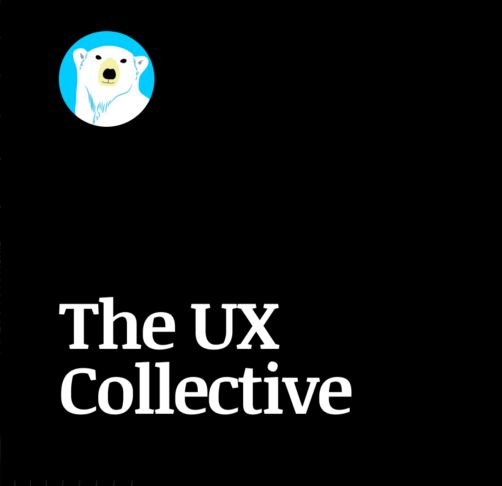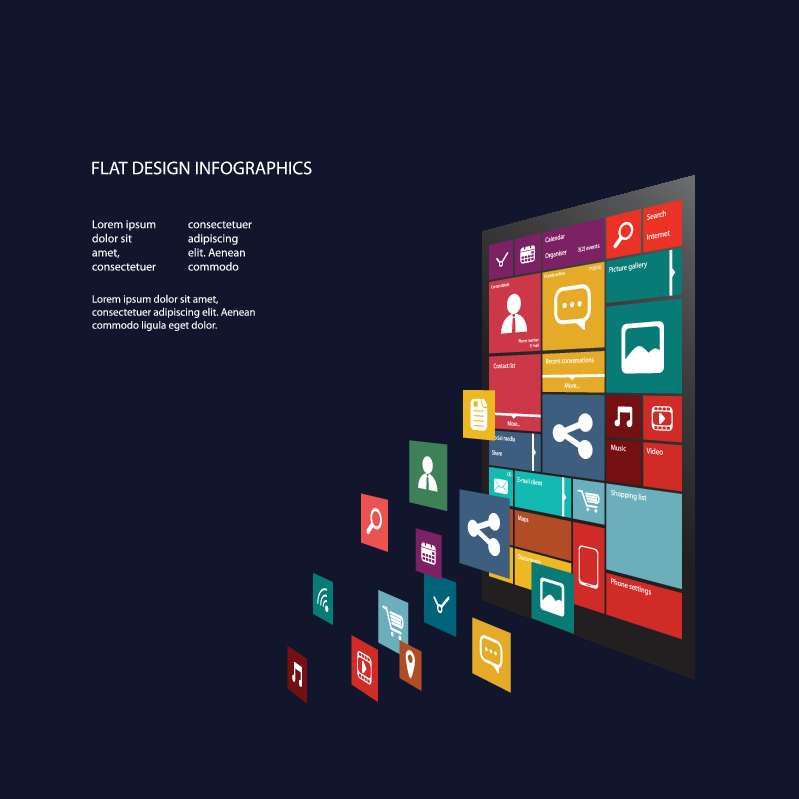
UI design buttons form an integral part of any user interface. They enable users to interact with the system and to perform an expected action. Users can also send feedback to it. There are many types of buttons: textual buttons, interactive icons, and buttons that mimic physical buttons. It is important to understand the purpose of each type of button when designing them. The button's shape can make it stand out from other buttons and offer a more engaging experience.
To make a button work, it should be distinctive in shape and color. You should choose the right size and opacity to make it stand out. You should also consider contrast and color, which can make or break the impact of a button.
Designing a floating action icon is one of the best ways to tell users what is important. This type of button appears over the entire content of a page and usually follows the user around. It can provide valuable feedback and help direct audiences to their intended destinations. It also represents the most common action, so it should be able to communicate the most important information.

A floating action buttons is an attractive and functional design. Sometimes the directional arrows of the button will follow the user across the page. The primary function of the button is to emphasize the importance of the action. But, users might not find the most important features of the button. You could find it hiding less popular items, or it might fit in a small area on the right side of the page.
The most important part of designing the button that demonstrates the best informational content is the heading. The heading gives information about the action (such as the purpose and how to do it) It may also include additional information, such a time frame or instructions for adding the action to the user’s calendar. It can be a simple text or a series of checkboxes.
The UI design buttons with the most unique designs are those that are both functional and attractive. This is often achieved by using a wide range of colors and shapes along with clever animations.
The most effective UI design buttons attract attention. They should also be easy to find and easy to use. For instance, it might be helpful to hide box-shadows so that the button can be easily spotted. Color is also an important aspect of button design, as it helps convey the message and encourages action.

Designers can also use other features, besides the most important buttons. To make users more aware of the buttons, it might be useful to highlight both primary and secundary buttons. It is also important to test out various button states to see what types of reactions users have.
FAQ
What should I include?
These are the things you should include in your portfolio:
-
Example of your work.
-
Links to your website (if applicable).
-
Your blog may have links
-
Here are some links to social media pages.
-
These links will take you to the online portfolios of designers.
-
Any awards that you have received.
-
References.
-
Samples of your work.
-
These links show how to communicate with clients.
-
Links showing you're willing to learn new technologies.
-
Links showing that you're flexible.
-
You can find links that reflect your personality.
-
Videos showing your skills.
Which website builder should I use?
It is best to start small in order to establish a web presence. If you have the time or resources to create a complete site, do so. Start with a basic blog, even if your budget is limited. As you learn to develop and design websites, you can always add new features.
However, before you create your first website you need to set up a primary URL. This will give you a pointer to which to publish content.
How do you create a free website.
It all depends on the type of website you are trying to build. Are you trying to sell products online, create a blog or build a portfolio of websites?
A combination of HyperText Markup Language, Cascading Stil Sheets and HTML can create an essential website. Although HTML and CSS can be used to create simple websites, web developers prefer using a WYSIWYG editor like Dreamweaver or Frontpage.
Hire a freelance web developer if your skills are not in-depth. They can help you build a website customized to your needs.
Freelance developers can charge either an hourly or a flat fee. The cost of hiring a freelancer varies depending on how much work they complete within a given timeframe.
For example, you might pay $50-$100 an hour to a company. You'll usually get higher rates for larger projects.
There are many websites that list jobs available for freelancers. You can search there before you contact potential developers directly.
How to design a site?
The first step is to understand what you want your site to do for your customers. What are your customers looking for?
What problems might they have if they don't find what they're looking for on your site?
After you have this information, you need to find out how to solve the problem. It is also important to ensure your site looks great. It should be easy to navigate.
It is important to have a professional-looking website. It shouldn't take too much time for it to load. If it does take too long, people won't stay as long as they would like to. They'll go somewhere else instead.
If you want to create an eCommerce site, think about where all of your products are located. Are they all in one location? Are they in one location?
You need to decide whether you want to sell one product at once or many different types of products. Do you want to sell just one type of product or multiple kinds?
When you answer these questions, your site can be built.
Now it is time to focus on the technical side. How will you site function? Is it fast enough? Can people get to it quickly from their computers?
Will people be able to buy something without having to pay extra? Do they need to register with you before they can purchase anything?
These are crucial questions you should be asking yourself. These are the questions that you need to answer in order to be able move forward.
What is a "static website"?
A static site is one that stores all content on a server. Visitors can access the website via web browsers.
The term "static” refers the fact that there is no dynamic feature such as changing images or video, animations etc.
This site was initially designed for corporate intranets, but it has been adopted by individuals or small businesses who desire simple websites that don't require complex programming.
Static sites have become increasingly popular because they require less maintenance. It's easier to update and maintain static sites than a website that has many components (such blogs).
They load much faster than dynamic counterparts. This makes them great for those who have slow Internet connections or users with mobile devices.
Static websites are also more secure than dynamic ones. A static website is impossible to hack. Hackers can only access the data contained in a database.
There are two main ways to create a static website:
-
Use a Content Management System (CMS).
-
Creating a Static HTML Website
It depends on what your needs are. I recommend a CMS if you're just starting to create websites.
Why? Because it gives you complete control over your website. With a CMS, you don't need to hire someone to help you set up your site. All you need to do is upload files to the web server.
Still, you can learn to code and create static websites. It will take some time to learn to program.
What is a static web site?
A static site can be hosted anywhere. This includes Amazon S3, Google Cloud Storage. Windows Azure Blob storage. Rackspace Cloudfiles. Dreamhost. Media Temple. A static website can be also deployed to any platform supporting PHP, including WordPress, Drupal and Joomla!, Magento, PrestaShop and others.
Static websites are typically easier to maintain, as they don’t have to constantly send requests between servers. Static web pages load faster since there are no requests between servers. Because of this, static web pages are often more suitable for smaller businesses that don’t have the resources or time necessary to manage a website.
How much does it take to build a website.
This question will depend on your goals for your website. Google Sites might be free if your website is limited to information about you or your company.
If you want to attract more visitors to your website, however, you will need to pay for something stronger.
The most popular solution is to use a Content Management System (like WordPress). These programs can be used to build a website quickly and easily without having to know any programming. And because third-party companies host these sites, you won't need to worry about getting hacked.
Another way to build a website is to use a service called Squarespace. There are a number of plans available, with prices ranging from $5 per Month to $100 Per Month depending on the features you wish to add to your website.
Statistics
- In fact, according to Color Matters, a signature color can boost brand recognition by 80%. There's a lot of psychology behind people's perception of color, so it's important to understand how it's used with your industry. (websitebuilderexpert.com)
- Studies show that 77% of satisfied customers will recommend your business or service to a friend after having a positive experience. (wix.com)
- It's estimated that chatbots could reduce this by 30%. Gone are the days when chatbots were mere gimmicks – now, they're becoming ever more essential to customer-facing services. (websitebuilderexpert.com)
- It's estimated that in 2022, over 2.14 billion people will purchase goods and services online. (wix.com)
- Did you know videos can boost organic search traffic to your website by 157%? (wix.com)
External Links
How To
How can I choose the right CMS for me?
Two types of Content Management System are available. Web Designers typically use static HTML and dynamic CMS. WordPress is the most widely used CMS. Joomla is the best CMS for professional looking websites. You can create any kind of website with Joomla!'s powerful open-source CMS. It's simple to install and configure. You don't need to hire a developer to set up your site because Joomla comes with thousands of ready-made templates and extensions. Joomla is available for free download. Joomla can be used for many purposes.
Joomla is an excellent tool for managing all aspects of your website. It offers features like a drag-and-drop editor, multiple template support and image manager. You can also manage your blog, blog, eCommerce, news feeds, and more. Joomla is an ideal choice for anyone wanting to build a website, without needing to know how to code.
Joomla supports all devices. This makes it possible to easily develop websites for various platforms.
There are several reasons why people prefer Joomla over WordPress. Some of them include:
-
Joomla is Open Source Software
-
Easy to Install and Configure
-
Over 2,000 ready-made Templates and Extensions
-
It's free to download and use
-
All Devices are supported
-
These powerful features are available
-
Excellent Support Community
-
Very secure
-
Flexible
-
Highly customizable
-
Multi-Lingual
-
SEO friendly
-
Responsive
-
Social Media Integration
-
Mobile Optimized